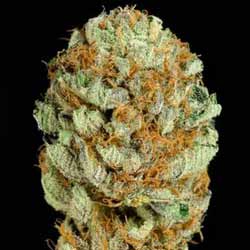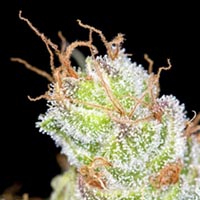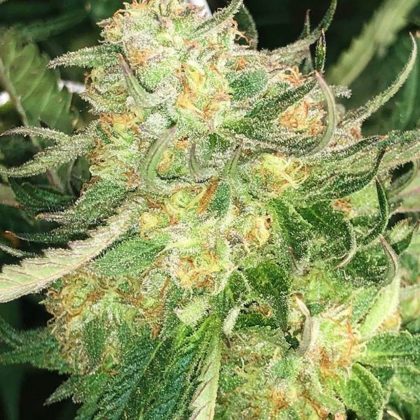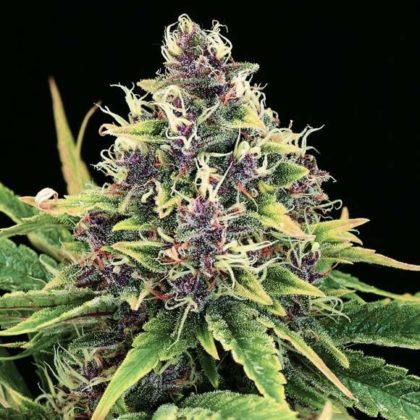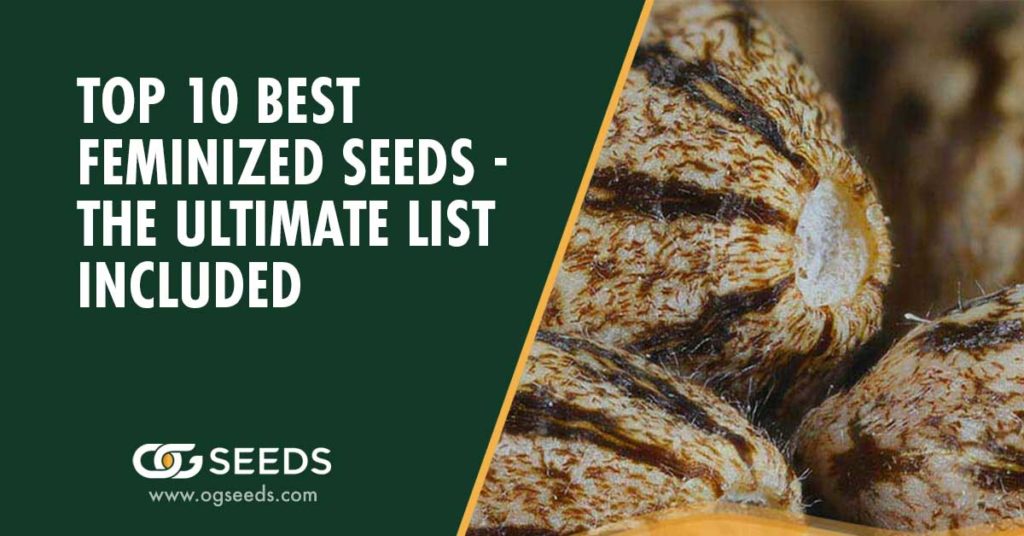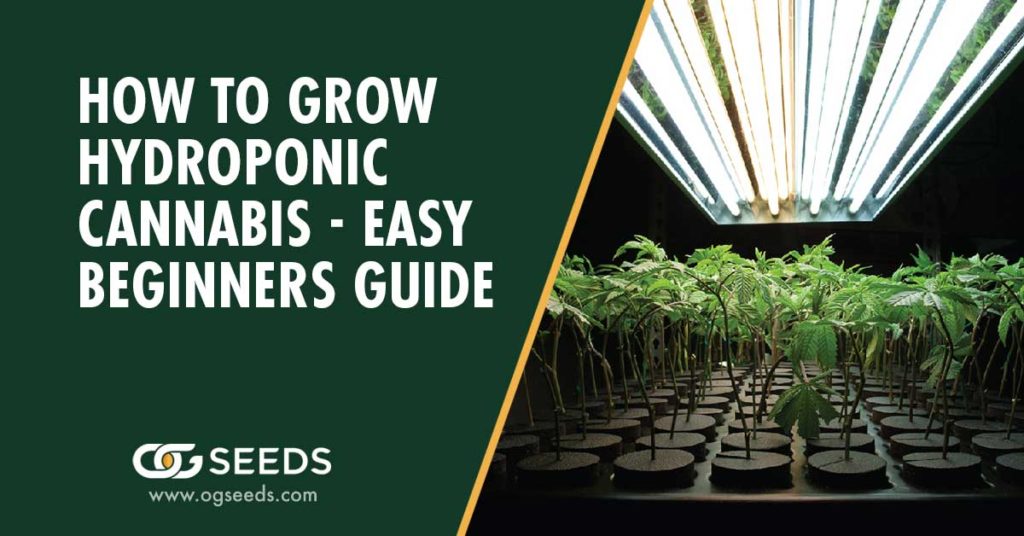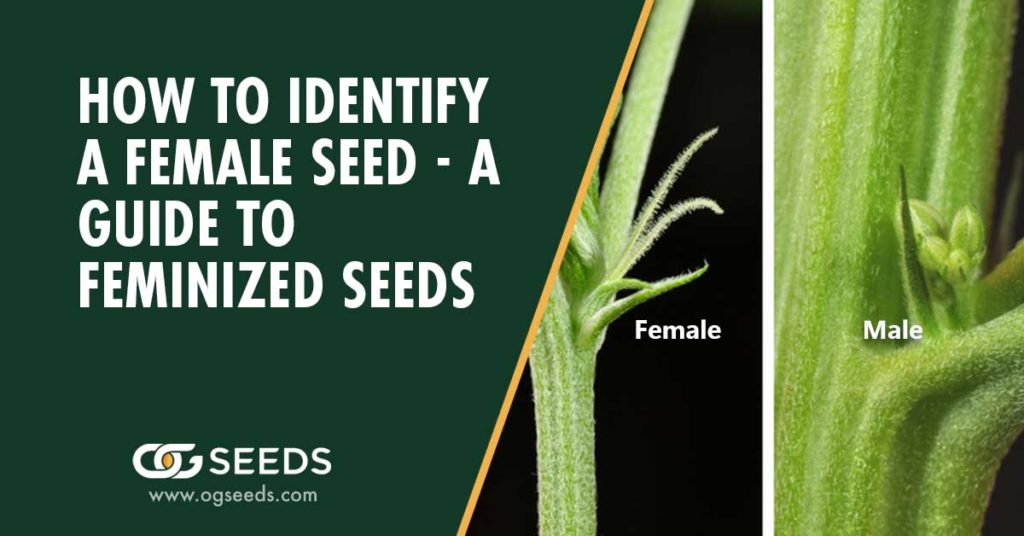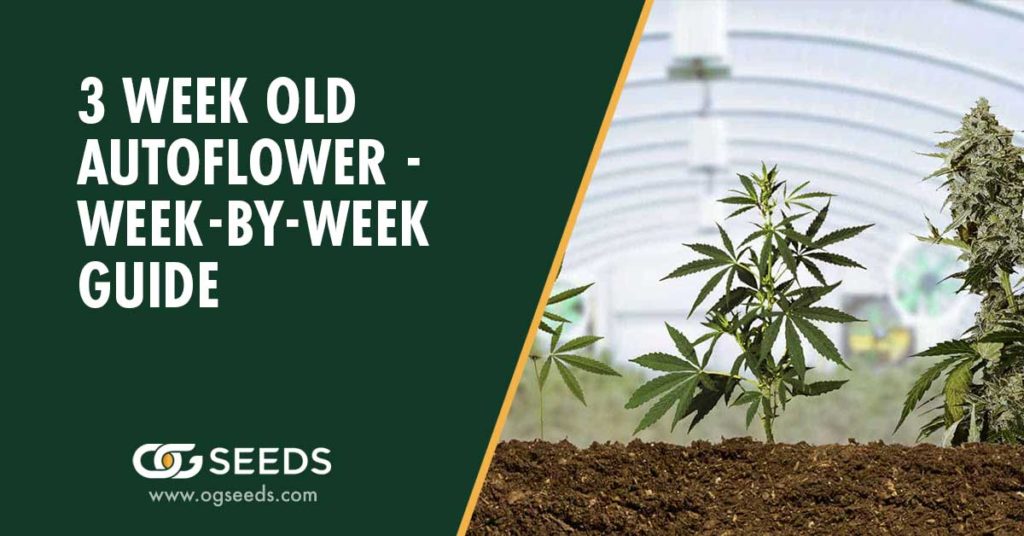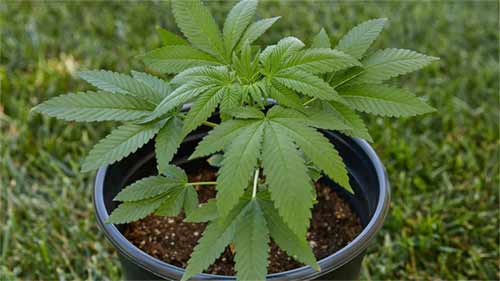![How Long Does It Take To Grow Cannabis? [Indoors Vs Outdoors]](https://ogseeds.com/wp-content/uploads/2023/01/How_Long_Does_It_Take_To_Grow_Weed_Indoors_Vs_Outdoors_1200x628-1024x536.jpg)
How Long Does It Take To Grow Cannabis? [Indoors Vs Outdoors]
How long does it take to grow Cannabis is a very commonly asked question. Usually, it takes about 3-4 months to grow the average cannabis plant – but with the right tools and strategy, you can grow the Cannabis plant you want in as little as 8 weeks. Let’s take a look at the question of “how long does it take to grow Cannabis” and the time needed for each step.
Cannabis plants go through a series of stages as they grow and mature, and those different growth stages call for different amounts of light, nutrients, and water. It’s important to know these stages and how long each lasts to know what the plant needs and when. Knowing where your cannabis plants are in their life cycles will dictate when to prune, train, and trellis your plants and when to harvest.
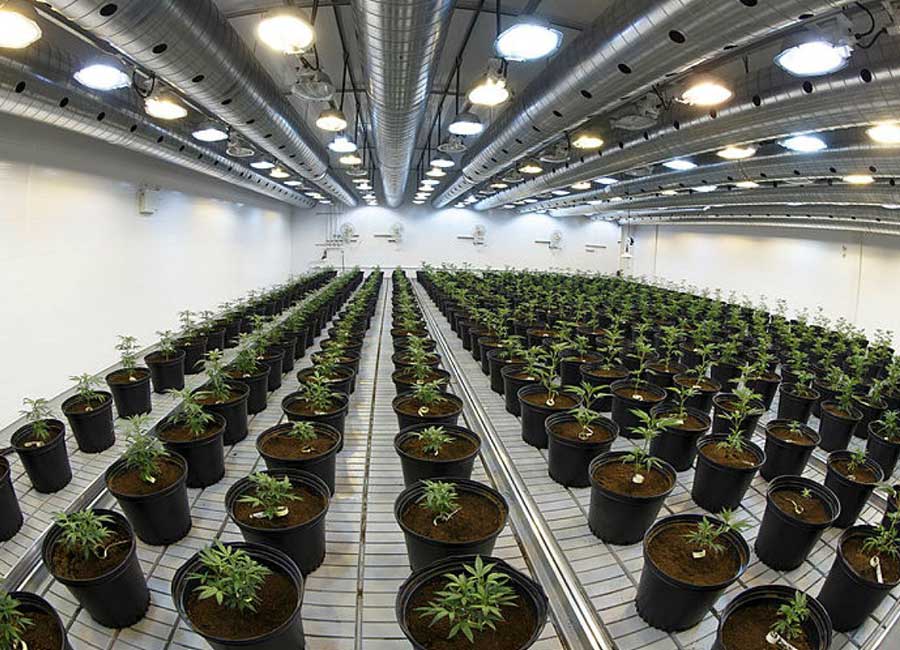
Table of Contents
How Long Does it take to Grow Cannabis?
This differs depending on if you’re growing indoors or outside. We will go over both here. Generally speaking, it takes anywhere from 10-32 weeks, or about 3-8 months, to grow a Cannabis plant from seed to harvest. It’ll be quicker if you start with a clone or an autoflower seed.
The biggest variability in how long a Cannabis plant takes to grow will happen in the vegetative stage—after the seedling phase and before flowering. If you’re growing indoors, you can force a Cannabis plant to flower after only a few weeks when it’s small or after several weeks when it’s big.
When growing outdoors, you’re at the whim of the seasons and will have to wait until the sun starts to go down in the fall for plants to flower and then to harvest. However, one way outdoor growers can control the flowering cycle is by using light deprivation techniques.
Growing Cannabis Timelines – Indoors Vs. Outdoors
The timeline below lays out a seven-stage process of a typical grow schedule. If you’ve been searching online for “how long does it take to grow Cannabis?” you’ve likely run into a range of time periods. Generally, a Cannabis plant can take 14 to 32 weeks to grow, which translates into about four to eight months to grow.
This is for growing a Cannabis plant from seed. The length of time it takes to grow a Cannabis plant can be broken down into multiple phases from seed to harvest:
- Getting your equipment (1 day to 2 weeks)
- Getting your clones or seeds (1 day to 4 weeks)
- Germinating your seeds (12 hours to 8 days)
- Seedling phase (1 to 4 weeks)
- Vegetative phase (2 weeks to 6 months)
- Flowering phase (6 weeks to 3 months)
- Harvesting phase (1 to 3 days)
How Long Does it take to Grow Cannabis Indoors?
The flowering stage is the final stage of growth for a cannabis plant. This is when plants start to develop resinous buds and your hard work will be realized. Most strains flower in 8-9 weeks, but some can take even longer, especially some sativas.
If you’re growing indoors, you can force a Cannabis plant to flower after only a few weeks when it’s small or after several weeks when it’s big.
How Long Does it take to Grow Cannabis Outdoors?
When growing outdoors, you’re at the whim of the seasons and will have to wait until the sun starts to go down in the fall for plants to flower and then to harvest. However, one way outdoor growers can control the flowering cycle is by using light deprivation techniques.
Growing Cannabis Timeline – The 4 Stages of Cannabis Growth
There are four phases of growing Cannabis. Each takes a different amount of time on average. Let’s review this in more detail below. Due to time inconsistencies with growing outdoors, we will focus primarily on the indoor timeline.
What are the 4 Phases of Growing Cannabis?
The growth stages of Cannabis can be broken down into four primary stages from seed to harvest:
- Germination Phase (3-10 days)
- Seedling Phase (2-3 weeks)
- Vegetative Phase (3-16 weeks)
- Flowering Phase (8-11 weeks)
Germination Phase of Growing Cannabis
The seed germination length is typically 3-10 days. The Cannabis light cycle is normally 18 hours a day indoors. Full, direct sun 6 hours a day outdoors. The first Cannabis plant stage begins with the seed. A cannabis seed should feel hard and dry, and be light to dark brown in color.
An undeveloped seed is generally squishy and green or white in color and likely won’t germinate. Once your seed has germinated or sprouted, it’s ready to be placed in a growing medium, like soil. The tap root will drive down while the stem of the seedling will grow upward.
Two rounded cotyledon leaves will grow out from the stem as the plant unfolds from the protective casing of the seed. These initial leaves are responsible for taking in sunlight so the plant can grow healthy and stable. As roots develop, the stalk will rise, and you’ll begin to see the first iconic fan leaves grow, at which point your cannabis plant can be considered a seedling.
Can You Speed Up the Germination Process?
No. Cannabis seeds are delicate and don’t like to be moved around. They need a warm environment that doesn’t fluctuate in temperature and does not have too much water. Once you put them in soil, we recommend leaving them be. Quality seeds typically have high germination rates, but you may get some duds that don’t sprout. Let them do their thing. Helping them along can decrease their chance of survival.
Learn More About Germination, Click Here.
Seedling Phase of Growing Cannabis
The seedling stage length generally takes 2-3 weeks. The Cannabis light cycle is normally 18 hours a day indoors. Full, direct sun 6 hours a day outdoors. When your Cannabis plant becomes a seedling, you’ll notice it developing the traditional cannabis fan leaves. As a sprout, the seed will initially produce leaves with only one ridged blade.
Once new growth develops, the leaves will develop more blades or “fingers” (3, 5, 7, etc.). A mature cannabis plant will have between 5 and 7 blades per leaf, but some plants may have more. Cannabis plants are considered seedlings until they begin to develop leaves with the full number of blades on new fan leaves. A healthy seedling should be a vibrant green color.
Additional Seedling Phase Tips
Be careful not to overwater the plant in its seedling stage—its roots are so small it doesn’t need much water to thrive. At this stage, the plant is vulnerable to disease and mold. Keep its environment clean and monitor excess moisture. Be sure to give it plenty of light.
Even if growing outdoors, a lot of growers will start their seeds inside under artificial light to help them through this delicate stage of Cannabis growth. If you buy a clone from a grower or breeder, it will be a seedling, so you can skip the seed germination phase.
Vegetative Phase of Growing Cannabis
The vegetative stage length takes approximately 3-16 weeks. The Cannabis light cycle is normally 18 hours a day indoors. Full, direct sun 6 hours a day outdoors. The vegetative stage of cannabis is where the plant’s growth truly takes off, and it typically lasts 3-16 weeks. At this point, you’ve transplanted your plant into a larger pot and the roots and foliage are developing rapidly. This is also the time to begin topping or training your plants.
Additional Vegetative Phase Tips
Be mindful to increase your watering as the plant develops. When it’s young, your plant will need water close to the stalk, but as it grows, the roots will also grow outward, so start watering further away from the stalk in the soil so roots can stretch out and absorb water more efficiently. Vegetative plants appreciate healthy soil with nutrients. Feed them with a high level of nitrogen at this stage.
Flowering Phase of Growing Cannabis
The flowering stage length takes approximately 8-11 weeks. The Cannabis light cycle is generally 12 hours a day indoors. Full, direct sun 6 hours a day outdoors. The flowering stage is the final stage of growth for a cannabis plant. This is when plants start to develop resinous buds, and your hard work will be realized.
Most strains flower in 8-9 weeks, but some can take even longer, especially some sativas. Outdoor flowering occurs naturally when the plant receives less light each day as summer turns into fall. Indoor growers can trigger the flowering cycle by reducing the amount of light Cannabis plants receive from 18 to 12 hours a day.
The Three Subphases of the Flowering Stage
There are three subphases of the flowering stage:
- Flower initiation (week 1-3): The plant will continue to grow, and females will develop pre-flowers—pistils, or white hairs, will grow out, which are the beginnings of buds.
- Mid-flowering (week 4-5): The plant itself will stop growing, and buds will start fattening up.
- Late flowering/ripening (week 6 and on): Trichome density will increase, and plants will get very sticky; keep an eye on the color of the pistils to tell when to harvest.
Additional Factors to Consider from the Vegetative to Flowering Stage
There are a number of changes to consider once plants go from the vegetative stage to the flowering stage:
- Don’t prune when plants are flowering, as it can upset their hormones
- Plants should be trellised or scragged so buds will be supported as they develop and air can flow through plants
- Consider giving plants bloom or phosphorus nutrients
Additional Factors for Growing Cannabis Timelines
Here are some additional factors to consider when thinking about growing timelines. If you’re growing outdoors in the Northern Hemisphere, growers usually get their seeds between February and April and start germinating seeds by the end of April. Many start growing seedlings inside in a more controlled environment because seedlings are more delicate, and then put the seedlings in the ground outside once they’re a little bigger and the weather is warmer.
If you’re growing clones or autoflowers, you have a grace period of another month or so. Plants usually need to be outside, in the ground, by the end of June. Harvesting happens sometime between September and November. This depends on your local climate, as well as the weather that particular year—one year it could be the end of September, the next, end of October; growers in the Pacific Northwest will have to pull down their crops earlier than those in Northern California because of cold weather.
If you’re growing Cannabis indoors, you can grow whenever you like. Keep in mind that the outside environment will affect your grow space—you may need to add heaters in the winter or fans and ACs in the summer. Other than that, you can start seeds whenever you like and flip them into flowers whenever you like, depending on how big you want the plants.
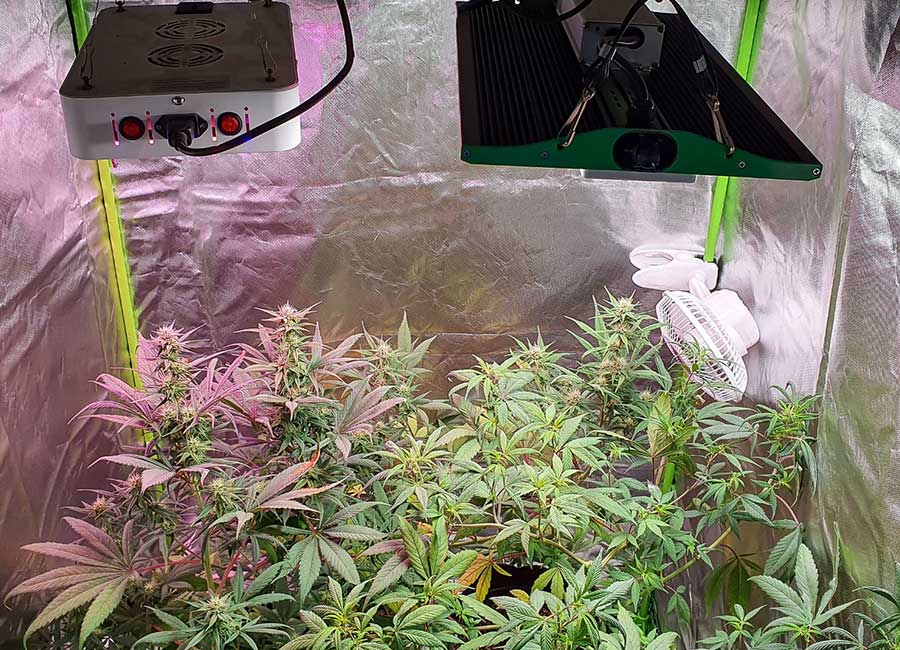
How Long Can a Cannabis Plant Live?
Cannabis plants are annuals, meaning they grow and live for one season and then die. Wild cannabis plants grow seeds and drop them when they die, which will grow into new plants the following year.
When harvesting, plants are cut down and die in order to get their buds. New seeds need to be planted in order to grow more plants. If left unharvested, Cannabis plants will eventually wither and rot within a few months after the peak flowering phase.
Important Dates for Growing Cannabis Outdoors
Many growers begin germinating seeds as early as February and March in order to have big plants come harvest time, but the Spring Equinox is a good reminder that it’s time to kick off the outdoor growing process and start germinating your seeds if you haven’t already.
Many farmers wait until after Mother’s Day in May to put their plants outside. Just make sure all of your plants are outside by the Summer Solstice at the latest. The weather will start to turn, and the sun will begin descending in the sky as your plants fatten up with sweet, sticky buds.
It might be tempting, but the Fall Equinox is about when to start harvesting. It’ll depend on your climate and the year—it could happen a little before or after. Everything should be cleaned up, dried, and curing by Thanksgiving, and in some places, even by Halloween.
As winter approaches, it’s prime time to make your own cannabutter, topicals, or tinctures with all that trim from the harvest. Kick your feet up, relax, and hunker down for the cold. It’s been a long growing season!
Final Thoughts – How Long Does it take to Grow Cannabis?
We can’t stress enough that the timeframes in the above graphic are ranges of time for the Northern Hemisphere. You’ll need to adjust them based on your specific region and local weather and climate. Be sure to keep a grow journal to track the progress of your plants.
Looking back on your notes will help you learn from mistakes and maximize the quality and quantity of your buds next year. Take meticulous notes on when and how you perform each step, noting:
- Weather
- How much water do you give plants, and at what intervals
- Nutrient amounts
- When you top and prune
